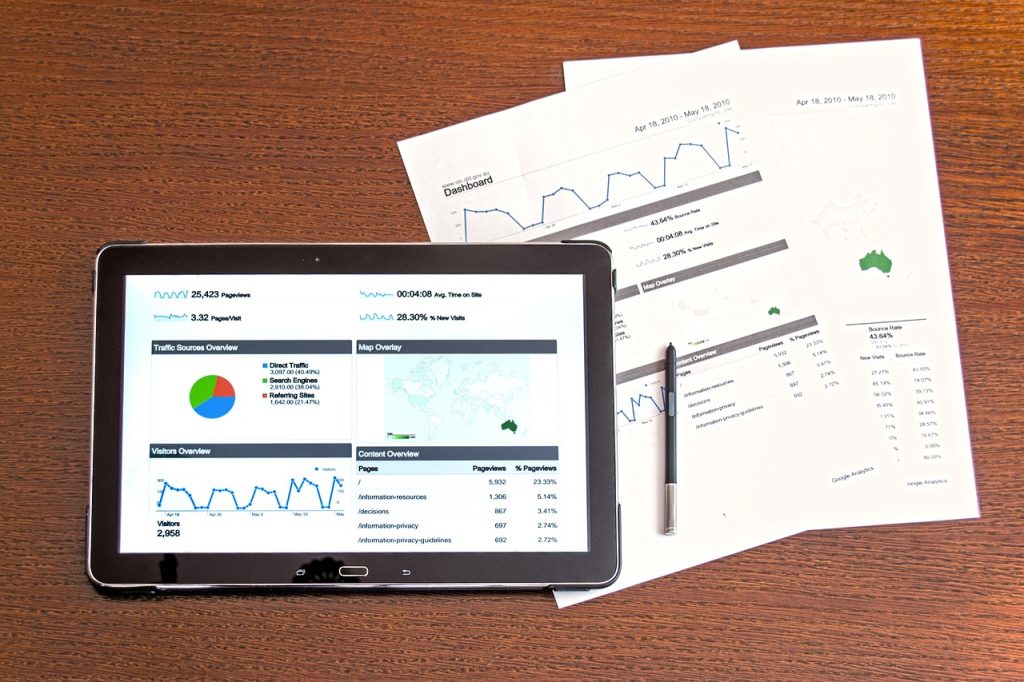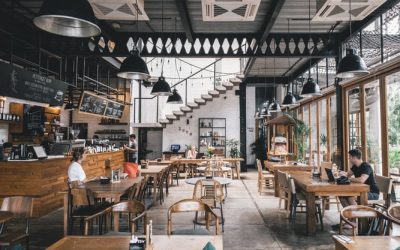How to Read a Profit and Loss Report
Profit and loss reports are a key tool in helping us understand not only our restaurant’s financials as a big picture but, depending on how detailed you make the report, it can also tell you what is great, what’s not so great, and what urgently needs your attention because it’s costing you much more than it should. So knowing how to understand these reports is vital to your venues success.
We’ll get to reading your profit and loss report in a second. Firstly there are two elements that define how helpful this report is going to be for you and your business.
1. Detail: If your report has only the categories of “food” and “beverage” on it then it’s going to be very troublesome to find out where the problem lies when your number are off. The more detailed your report i.e. categories of: wine, beer, sprits, non-alcoholic beverages, appetizers, retail, etc; the easier it is to know where the problem lies and the easier it is to fix it.
2. How Often it’s Run: If you run this report once a year it is not going to be helpful at all; because by then all your problems have happened and your business could be unsalvageable. Run this report once a month, ideally once a week, and you’ll be able to catch anything that’s not right and fix it before it has time to hurt you business.
We’re going to split the profit and loss report into three section and, if you have your’s in front of you you’ll be able to follow along with us.
Section 1: Revenue
Revenue is sales, and as mentioned above, detail is key! The more detailed your report contains the easier it is to fix any leaks that may have occurred. Your report will tell you what percentage of your total sales each category is. This is very helpful in determining where you’re excelling and what categories you may want to boost sales in.
Section 2: Cost of Goods (COGS)
These are the expense calculations based on the raw material you buy to make the products you sell. These are included in your operating expenses – which are covered in Section 3- and are worked out using the following sum:
Beginning Inventory + Orders Received – End Inventory = Amount of Product Used That Period
The resulting figures tell you how much product you’ve used in each category in order to earn the revenue figure found in Section 1. You should have a desired Cost of Goods for each category on your profit and loss report, and if you’re not under it or at least equal to it then you will need to do some investigating and see where things are going wrong.
Again, how detailed your report is will make your investigation move swifter and help you stop the loses quicker. If all your bar sales are just under “bar” then you’ll really struggle working out where stuff is going missing, however if your reports are categorized in detail then your investigation will move much quicker.
Section 3: Expenses
Your expense are going to be split into two sections: Prime Costs and Operating Costs, these are both detailed below.
– Prime Costs: These are defined as the direct cost of a commodity in terms of material and labour. Here your commodities are food and drinks, your material costs are your COGS and your labour costs is the total of all your labour for the period of the report – don’t forget to include managers’ salaries and any employee benefits you pay! Prime costs are the costs in your restaurant that you have the most control over so these are highly important. If these numbers are out of place then you should be paying attention as to why and come up with a solution as quickly as possible.
– Operating Costs: These are made up of your fixed costs -such as rent, licenses, equipment leases, etc- where the bill is the same every month, plus your variable costs -like, music and entertainment, utilities, repairs and maintenance, etc.- where the bill varies from month to month; hence the titles “fixed” and “variable”. Your operating expenses are costs that don’t directly contribute towards your sales yet are still necessary to keep your business functioning.
At the end of all of these there is a summary section totalling your revenue and all your expenses, which gives you the magic number as to whether or not you’ve turned a profit; this is all before paying any taxes, but that’s another story all together.

There are industry standards of percentage costs for each element of your COGS and your expenses, however all of ours will be slightly different because all of our venues are different, with different cliental, a different variety of libations, and a different niche to fill. However the struggles are the same for all of us and if any of these numbers are askew then you’re going to have to delve down that rabbit hole in order to fix it. This might be a time consuming task however this is why we print profit and loss reports, and make them as detailed as possible; so we can keep turning a profit and continue to run successful businesses.



